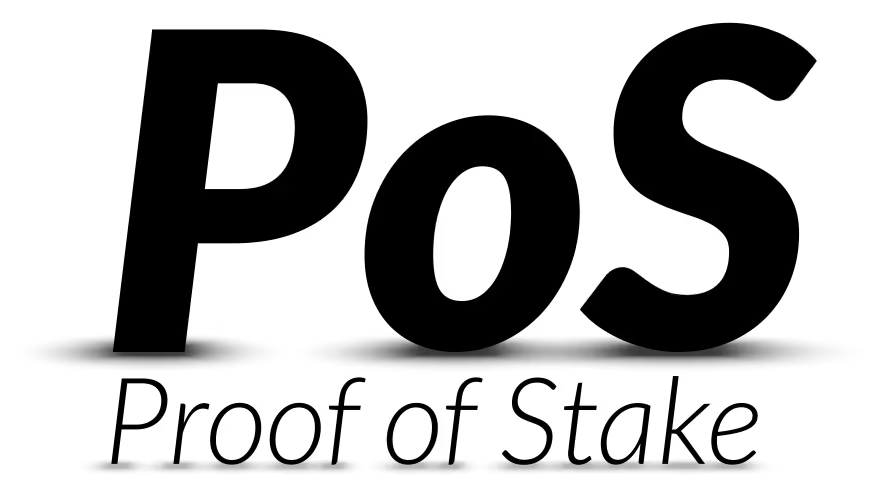Cardano (ADA) is a research-driven blockchain platform that aims to solve key challenges in scalability, sustainability, and decentralization. Founded by Ethereum co-creator Charles Hoskinson, Cardano is renowned for its scientifically rigorous development and layered architecture. Its native token, ADA, powers a wide range of ecosystem utilities, from transactions and staking to on-chain governance.
Cardano’s Layered Architecture and Proof-of-Stake Model
Cardano stands out through its two-layer design:
- The Cardano Settlement Layer (CSL) processes ADA transactions.
- The Cardano Computation Layer (CCL) runs smart contracts and decentralized applications (dApps).
This separation enhances security and flexibility, allowing the network to upgrade or scale one layer without impacting the other.
Its consensus mechanism, Ouroboros, is a mathematically verified proof-of-stake (PoS) protocol that significantly reduces energy consumption compared to proof-of-work systems like Bitcoin. This model selects validators based on staked ADA, promoting decentralization and sustainability.
Also read: What Is Neo (NEO) Token? China’s Vision for a Smart Economy Blockchain
Comparing Cardano to Ethereum and Solana
While Ethereum and Solana are well-known smart contract platforms, Cardano differentiates itself in several key ways:
- Smart Contract Languages: Plutus (Haskell-based) and Marlowe (DSL for finance) offer formal verification for higher security.
- TPS (Transactions Per Second): Cardano processes ~250 TPS, scalable via future upgrades like Hydra.
- Governance: Cardano introduces full on-chain governance with its upcoming Voltaire era.
Cardano’s development ethos is slower but more deliberate, emphasizing peer-reviewed research and formal methods over rapid iteration.
The ADA Token: Utility, Staking, and Governance
ADA serves multiple roles:
- Medium of exchange for transactions.
- Staking token in Ouroboros, allowing holders to earn rewards and secure the network.
- Governance token that enables community voting on protocol changes and treasury proposals.
ADA holders can delegate tokens to staking pools or run their own validator nodes. Unlike some platforms, Cardano offers no minimum staking requirement and no lock-up period, making participation accessible to all.
Cardano and Smart Contracts: Enabling Secure dApps
Smart contracts on Cardano are powered by Plutus, which is designed for high assurance and auditable logic. Marlowe further democratizes access, allowing non-developers to build financial contracts.
These tools support a growing ecosystem of dApps, from DeFi and NFTs to identity management platforms. Cardano’s architectural separation allows developers to build scalable and secure applications that seamlessly interact with the ADA transaction layer.
Why Cardano Stands Out
Cardano’s blend of academic rigor, layered design, and inclusive governance positions it as a strong contender in the evolving blockchain landscape. As it continues its roadmap with decentralized governance and increased scalability, ADA remains central to the platform’s growth.




